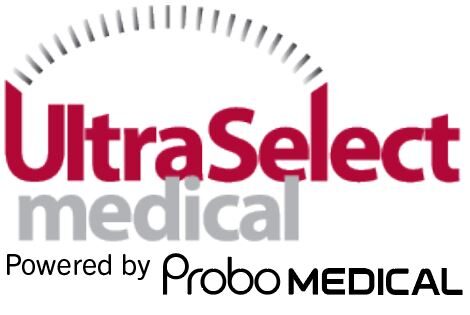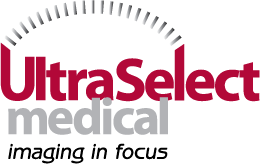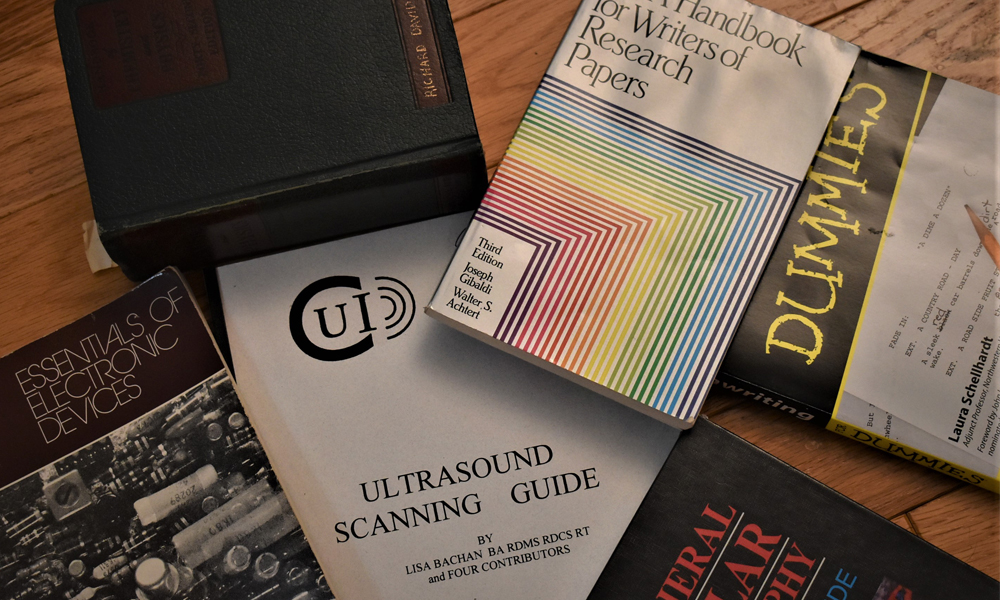Congratulations you have the budget and are now ready to purchase an ultrasound machine. Your mind is flooded with the questions. The possibilities are endless. You may be someone who has been asked to get the project completed but you are not in living in the ultrasound world. If you are an administrator or even an engineer this will be a big help. If you are a physician or sonographer this will assist you in making this purchase. The purpose of this guide is not to influence you as to which machine to buy but to help you through the process.
First let us talk about which manufacturer you might choose. There are so many out there these days. There are the big names Mindray, GE, Siemens, Philips, Samsung and Toshiba (Canon in the US). There are smaller companies like Wisonic, Whale, Clarius and Butterfly.These are considered Original Equipment Manufacturers (OEM’s). If you prefer to buy right from the manufacturer your prices will be higher but you will be able to access other perks like engineer or applications training. This is the equivalent of going to the horse’s mouth. The machines, the probes and the parts will be brand new. Buying new will also defray the cost of ownership for the first few years. This is also where we talk about what you prefer. If you have always used GE and you know you will not use anything else this may be a good place to start.
The larger issue is always the budget. Most clinics have a strict budget so price becomes the determining factor. A note of caution here- you get what you pay for. If you want great image quality and you need the machine to be able to perform high end functions like elastography, stress echo or 3D/4D imaging you need the budget to be in the 27-30K or above range. If you are only doing needle injections then you have some options with a much lower budget. Functions like Color flow, pulsed wave Doppler and m-mode are usually standard on most machines regardless of type. Mindray has some systems that have some but not all of these functions. It’s a great idea to have the sonographer and supervising physician make a list of must haves and a second list of would be nice to haves to weigh out all the options for each machine you want to buy. Then you can see how much each option is and how those options affect your budget.© Lisa Bachan BA RDMS RDCS RVT RT(R) CTIC for USM
Now we will look at what type of ultrasound unit you need. There are the traditional console ultrasound machines that are larger and have side and back panels and many computer boards in them. They are the most expensive. These are used in high volume centers and hospitals. Mindray Resona or the DC70-88’s, GE Logiq E10’s, GE Voluson E10’s, Philips Epiq or Affinity series, Samsung HERA and Prestige series and the Canon Platinum series are the high end units. They have all sorts of unique features and excellent image quality. Just because they have wheels they are not considered portables. They usually reside in one location.
Then there are the much less expensive systems that are portable units. Some of these are so small they are hand held, like the Butterfly. GE Vscan Venue line and Philips Lumify, Clarius which is wireless, are quite small and designed for quick ER based exams. The machines are not designed for a full suite of measurements and doing complete exams. ER exams are designed for needle sticks, is there blood in the abdomen, is there a tamponade, types of immediate questions that need immediate answers.
Then there are the laptop type systems that have a good number of options and fair to good image quality. Those are the GE Logiq e, GE Vivid I, the Philips CX 50, Mindray M7, M8, M9, Z6, Z60, ME8, MX7, DP50, are examples of this level of system. These units are less expensive but do require a cart for the machine to sit on and to be able to move around. It is important to have a list of what you want the cart to be able to do and what you want on the cart. This is important to factor in when considering the budget because this is an extra charge.
There are the mid range systems that offer the best compromise between price and image quality. Many of these systems have a range of options and abilities that must be considered. For example if OB 3D/4D is the most important option but elastography not so much, then you have some wiggle room. Ultrasound machines in this category are still considered consoles. Examples of these are the Mindray DC40, DC 8, GE Logiq P or S series, Canon Aplio I series and the Samsung HS series.
Also there are the tablet type systems. They look much like a larger tablet and either sits on a rolling stand, bolted to a wall or a metal table top stand. These systems have good image quality and have the standard functions like m-mode, pulsed wave Doppler and color flow. Their foot print is small and
the electricity usage is less. The tradeoffs are less customization and penetration. If you need measurements customized then this may be an issue. Have a complete list of the measurements you need for each exam type handy to discuss with your sales person. Examples of the tablet types are the Mindray TE5 and TE7, the GE Venue R2, the Alpinion Minisono. Again the stand is an extra charge. The units are less than the consoles and in some instances less than the portables. In the end the things that affect the budget are the number of options you need, the type of system and how many transducers you need.
This is a subsection of the budget paragraph. There are ways to lower the budget and still get what you want and need. You can obtain a system from a distributor, a broker or online. Most companies are listed online but in this case we mean sites like EBay, Dotmed and other sites that may sell or auction the ultrasound units. This is risky because most of the time all sales are final. You need to be someone who is capable of repairing and sourcing probes if the machines does not come with them. Buying from a distributor or broker may make sense if you vet them carefully. Here are a few things to look for: A). How long have they been in business B). What level of support is there after before, during and after the sale, C). Who repairs and services the machines like providing the service for the preventive maintenance, D). What is the warranty on the machine and the probes, E). Always ask about leasing vs. owning, F). What is the total cost of ownership, G). Can the company tell you about the differences between new,demo, pre-owned or refurbished machines, H. Ask about software levels, I). Ask about financing options, and lastly and this is a big one. K). does the company have an applications specialist that is a licensed sonographer. The applications support and training is usually included in the quote but always ask. Just because you knew how to work the old machine does not mean you know how to work the new ones. This takes time and training
It is always good to be clear about what is the most important factor you need in an ultrasound machine. Choose a company for the reputation and responsiveness to your needs. Look for a company who will be around to honor the warranty and service contract. Judge the company on the level of training you will receive. Ask if there is an engineer and an application specialist on staff (W2). When all your questions are answered we hope you will consider us for your ultrasound needs.


